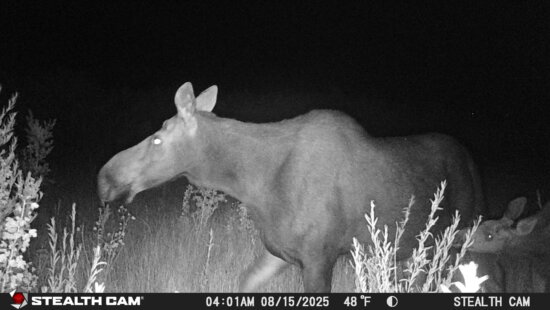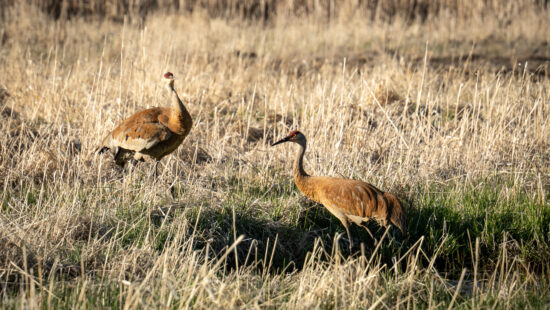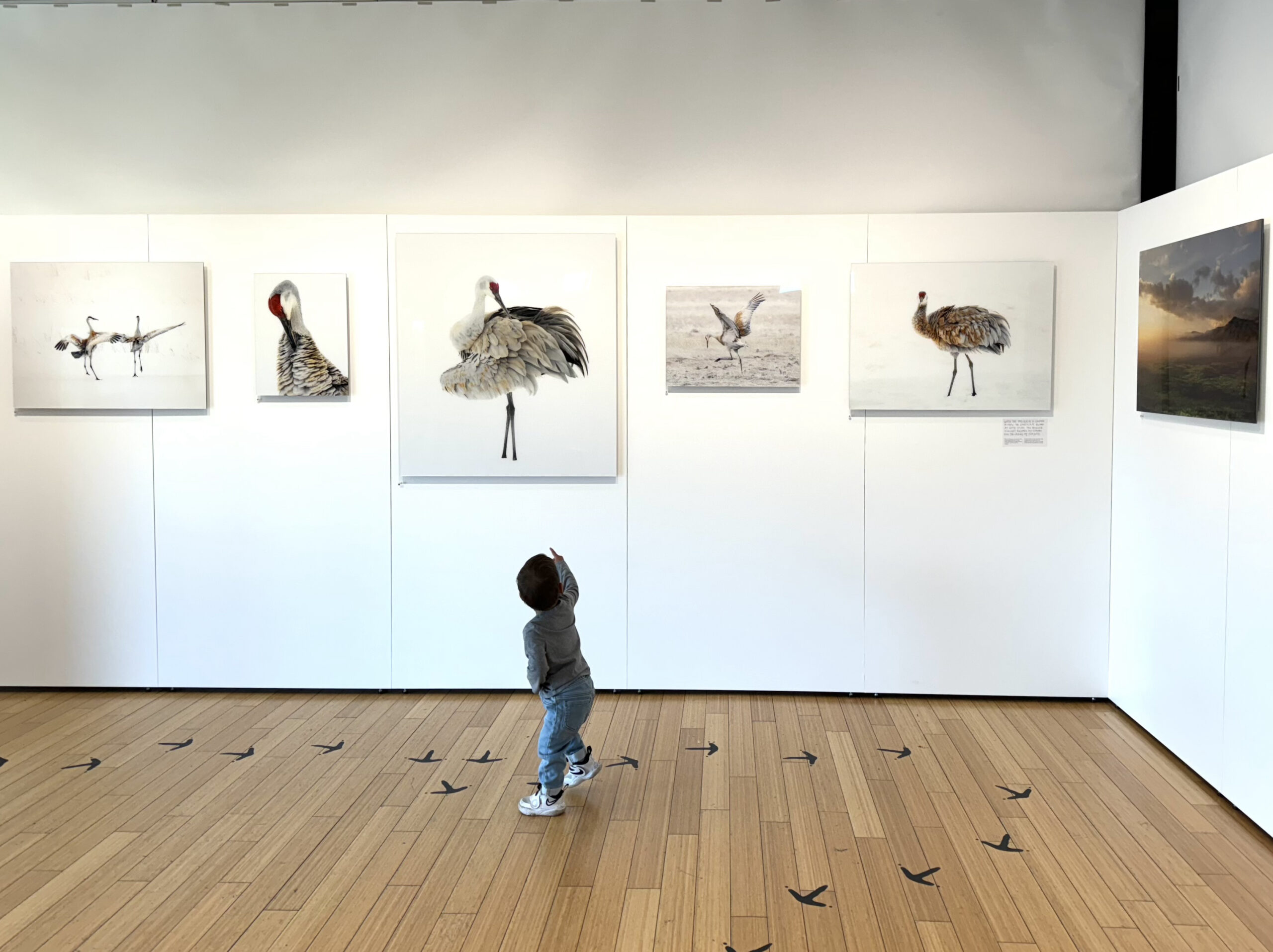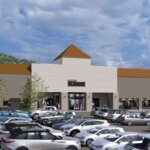Environment
Swaner to receive several hundred seedlings through UDAF pollinator program to battle decline in native species
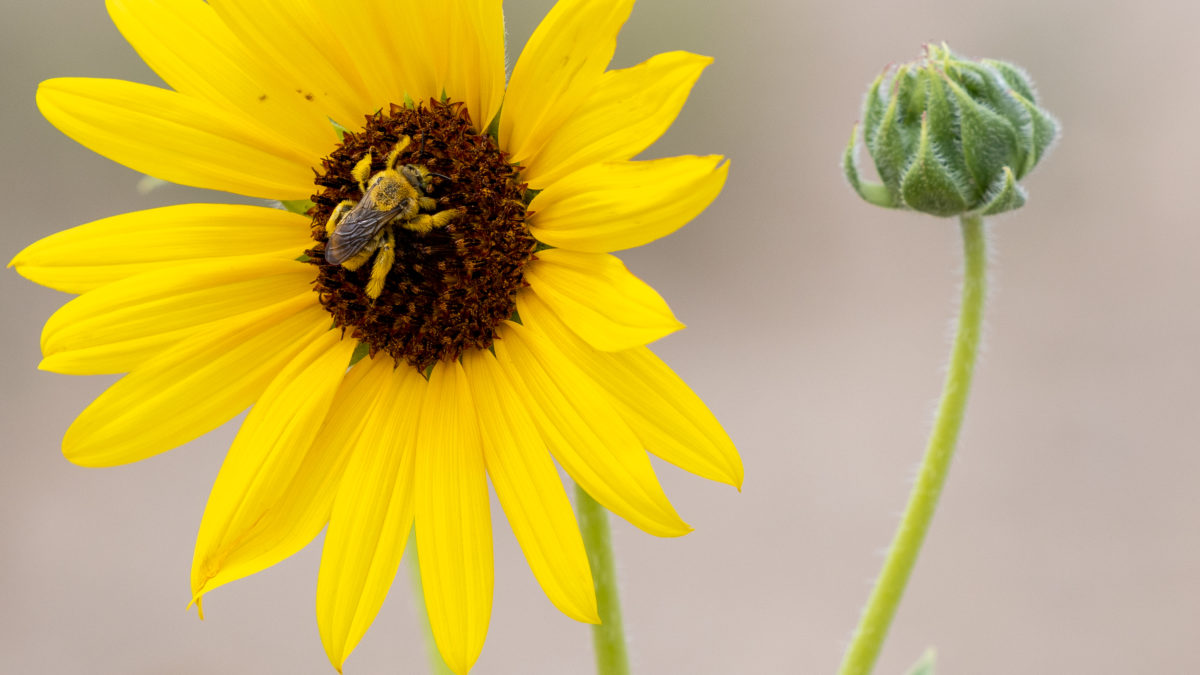
Bee on a Flower Photo: (TownLift // Kevin Cody)
PARK CITY, Utah —Swaner Preserve and EcoCenter was recently selected as a recipient of the Utah Department of Agriculture and Food (UDAF) Pollinator Program. As part of the program, Swaner will receive several hundred seedlings to create a habitat for pollinators to thrive. Swaner is asking for volunteers to help plant seedlings on September 21 from 3:00 – 6:00 p.m., with the meet-up location being at the planting area located in the northwest corner of the preserve near 224.
The Swaner Preserve is 1,200 acres of protected habitats for many native species to Utah. The creation of areas to help pollinators has the potential to positively impact native species in the area. The location chosen for planting nearly 900 seedlings is both highly visible to the public and has been previously worked on.
“That is an area where we have been able to really cut back on invasive weeds. And right now, there are some areas of bare soil, which is not ideal. That can cause erosion or invasive weeds can come into that area and take over, so it’s a blank slate for us to fill with something beneficial,” said Rhea Cone, Conservation Coordinator at the Swaner Preserve and EcoCenter.
Utah is home to many different species of pollinators, such as butterflies, hummingbirds, beetles, bees, and others. The pollinators declining population prompted the UDAF to start the Pollinator Program, but in particular, the native species of bees.
“We’re trying our best to protect biodiversity and serve the native bees. That’s the emphasis of this pollinator habitat program,” said Mindy Wheeler, Rare Plants Coordinator at Utah State University.
Once the most common bumble bee species in North America, the Western Bumble Bee population has declined by 93 percent over the last two decades.
“Our native bees are doing the majority of the pollinating work. There are 1,000-plus species of native bees, so teeny tiny guys, huge bumblebees, some that are black, some that are yellow, and some that are green or blue. A lot of people recognize the need to save the bees, or they are concerned about bee populations. Bees are really important, and we really need those foods for supporting habitat. I think a lot of people think of honey bees, but native bees are the ones who need our help,” said Cone.
Utah also falls in the migratory path of the now endangered Monarch Butterfly. Their sole source of food, milkweed, will be avitaly part of the native plants that will be planted as part of the project.
“The monarch butterfly has been in decline for quite some time now due to a combination of changing weather patterns or climate change, the severe weather that we’ve been getting, and then the pesticide and herbicide misuse can also be an issue as well,” said Wheeler.
Those wishing to help plant the seedlings will be expected to climb over the fencing to access the area where the planting is being done. The work will consist of using shovels and trowels to plant seedlings. Once planted, flags will be put in to show areas needing ongoing maintenance, like watering or hand weeding in the future.
Volunteers are encouraged to dress for the weather, wear sturdy footwear, a hat, sunscreen, and bring water. Gloves will be provided. The event will happen rain or shine but will be postponed if nearby lightning is present.
To participate in the planting, volunteers must register for the event. More information, such as parking, can be found on the event page.
“All different kinds of pollinators will visit those plants. So anything from bees to beetles to butterflies, to hummingbirds will thank you,” said Cone.
















